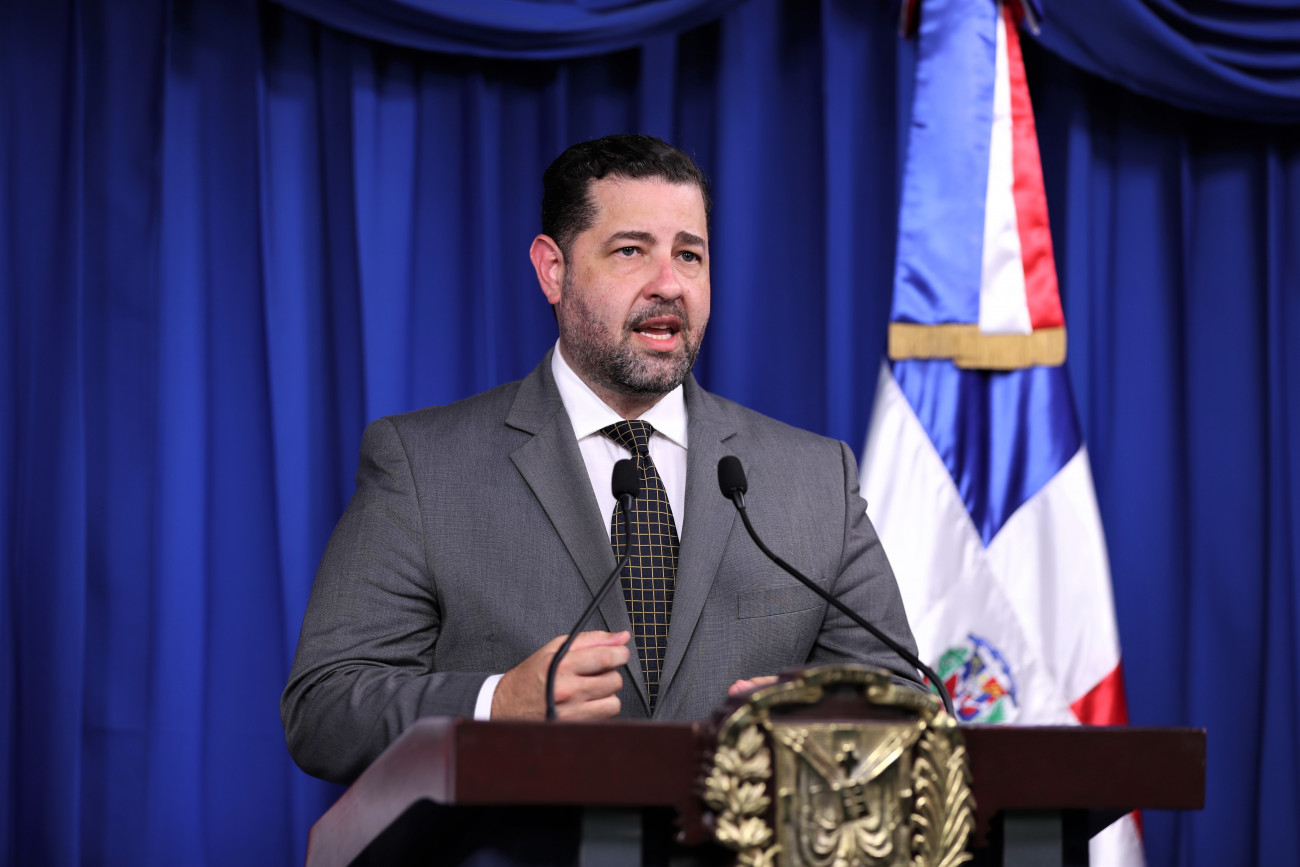Viral manipulation: Doctors are still puzzling over the unnoticed shortness of breath of some Covid 19 patients. Now there is a new lead: the coronavirus may be attacking the sensors that measure the gas mixture in the blood. Because these cells, located in the carotid artery, among other things, have many ACE2 receptors on their surface in some people – the docking points through which SARS-CoV-2 penetrates our cells.
Some patients with Covid-19 suffer from a life-threatening lack of oxygen – but do not notice it. Although they gasp for air and would have to pass out, the alarm reactions normally initiated by the respiratory center do not occur in this “silent hypoxemia”. So far, doctors can only speculate about the reason for this. Some suspect a viral attack on the respiratory center, others see abnormal lung function as the cause.
What role do the arterial O2 sensors play?
Now there is another hypothesis. Accordingly, the SARS-CoV-2 coronavirus may attack the sensors that our body uses to control the gas content of the arterial blood. These chemoreceptors located in the carotid artery, among other things, give the respiratory center the alarm signal in the event of a lack of oxygen, which triggers the reflexive gasping for air – the reaction that does not occur with silent hypoxemia.
“The inhibition of these carotid body sensors could be a plausible explanation for the lack of respiratory response that characterizes the silent hypoxemia of Covid-19 patients,” explain Javier Villadiego from the University of Seville and his colleagues. The transmission of signals from these chemoreceptors is influenced by a number of regulating factors – and one of them is the renin-angiotensin system, which also includes the ACE2 enzyme. This protein is considered to be one of the main entry points for SARS-CoV-2 when our cells are attacked.
Lots of ACE2 receptors on the sensor cells
But how susceptible are these arterial oxygen sensors to the virus? To find out, Villadiego and his team examined whether and to what extent the ACE2 receptor is present on the cells of the human carotid body. For this purpose, ACE2-specific staining of tissue sections of several samples from autopsies was carried out.
The result: “In the glomeruli of the carotid sensors, a strong staining was clearly visible,” the researchers report. “This indicates that ACE2 is produced by the glomus cells.” In samples from 18 healthy, living test persons, they also detected mRNA of the ACE2 receptor in the sensor cells – also an indication of the active production of this enzyme.
Attack at an early stage?
“The expression of ACE2 in the glomeruli suggests that these oxygen-measuring cells can be potential targets for a coronavirus infection,” write Villadiego and his colleagues. They suspect that the virus changes the biochemistry and mitochondrial function of these cells in the early stages of infection so that they can no longer perform their task. In fact, studies have already shown that SARS-CoV-2 radically remodels the infected cells.
Also interesting: “Our data reveal a large individual range of variation in ACE2 expression in these tissues,” the scientists report. “That could explain why the silent hypoxemia seems to occur by chance only in some Covid-19 patients.”
Further verification needed
But all of this is still little more than a hypothesis. Further examinations in the laboratory and on Covid-19 patients must now show whether the coronavirus is actually attacking the arterial oxygen sensors. “Our assumption could be checked in autopsies of Covid-19 patients and also through experiments with transgenic mice,” suggest Villadiego and his team. (Function, 2020; doi: 10.1093/function/zqaa032)
Quelle: University of Seville
–


